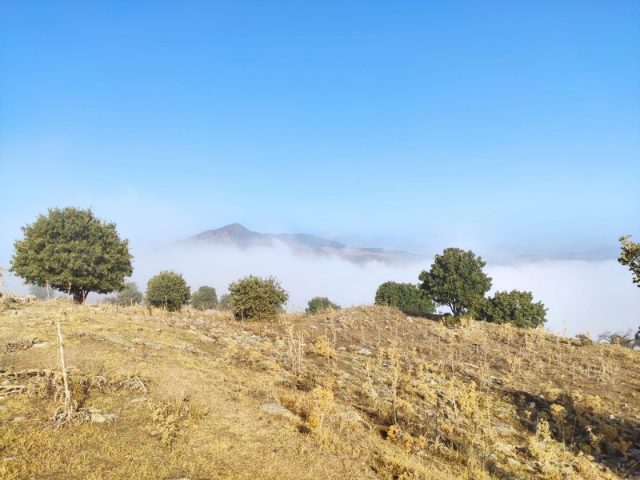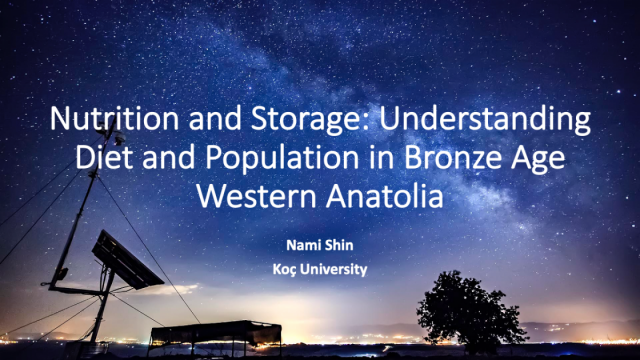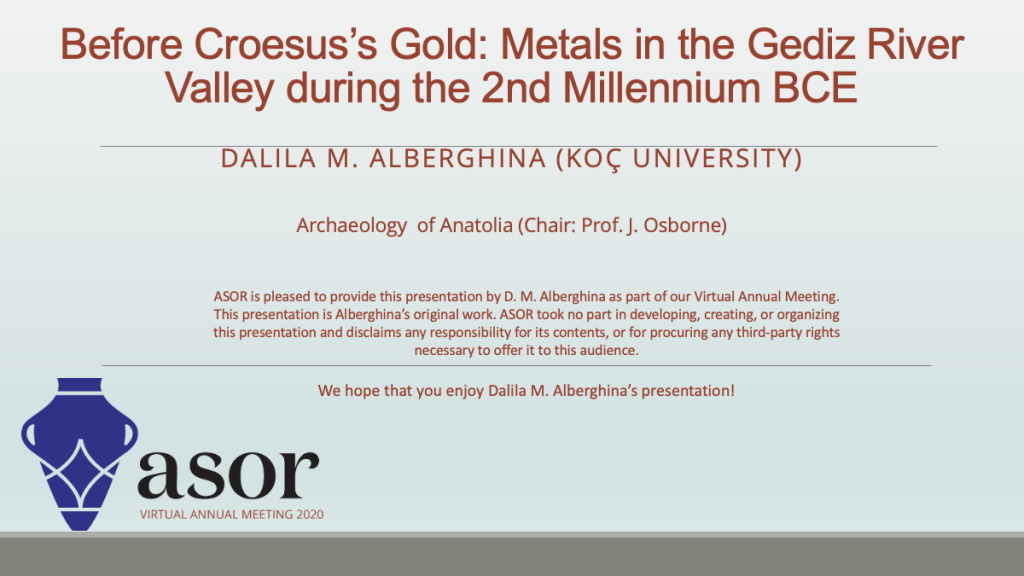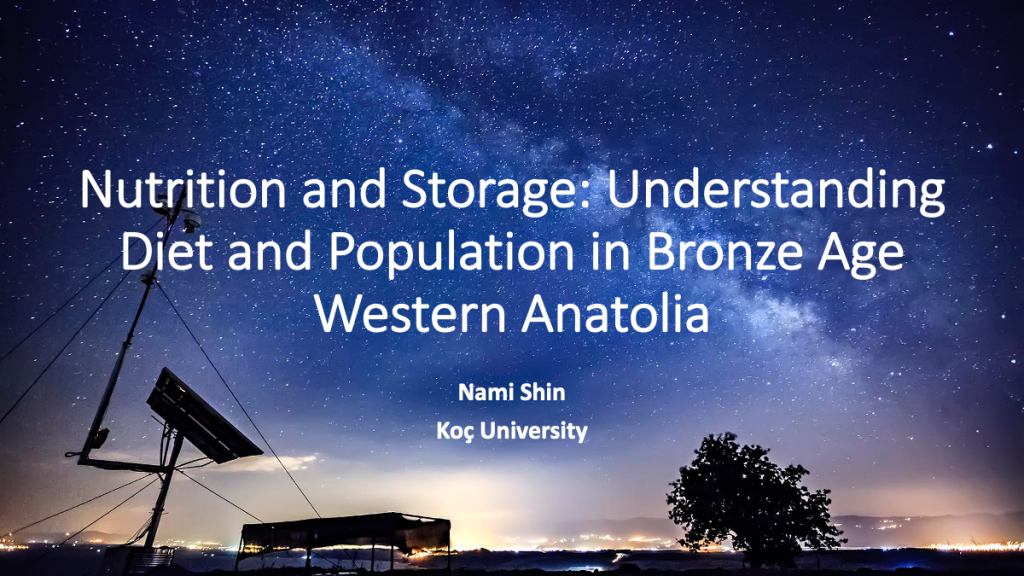The 2020 Study Season
Gygaia Projects
The Kaymakçı Archaeological Project fit in a study season during the height of COVID-19 in 2020. We arrived with masks on and, after a period of quarantine, enjoyed the benefits of a small research group sealed off from the outside world. The season was spent well on processing of archaeobotanical and ceramic samples, re-inventorying and reorganizing zooarchaeological collections, and consulting GIS and excavation databases concerning ongoing analyses of fortification architecture and evidence for metallurgical activities at Kaymakçı. Additionally there was a lot of publication and conference preparation (see what came out… in the following posts!).

Project members arriving via private car 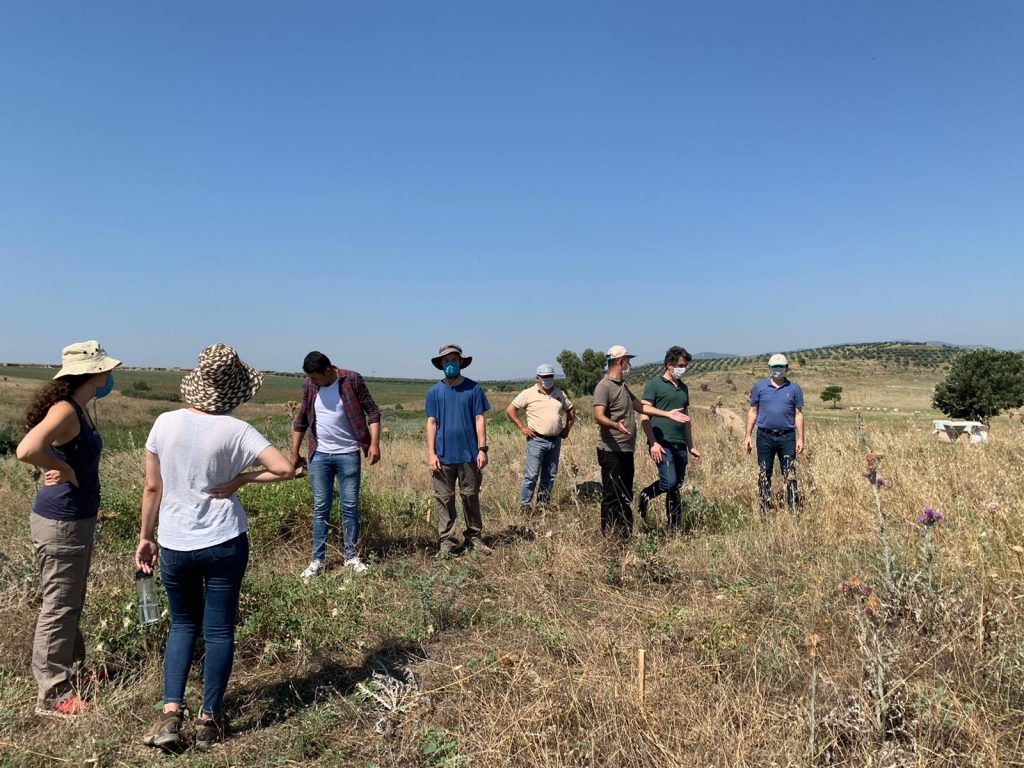
Planning for regional tourism infrastructure with local partners from Gölmarmara 
Locked-in with yummy food 
A well-ventilated dinner on the terrace 
A site tour of Kaymakçı 
Processing pottery 
A summer workspace 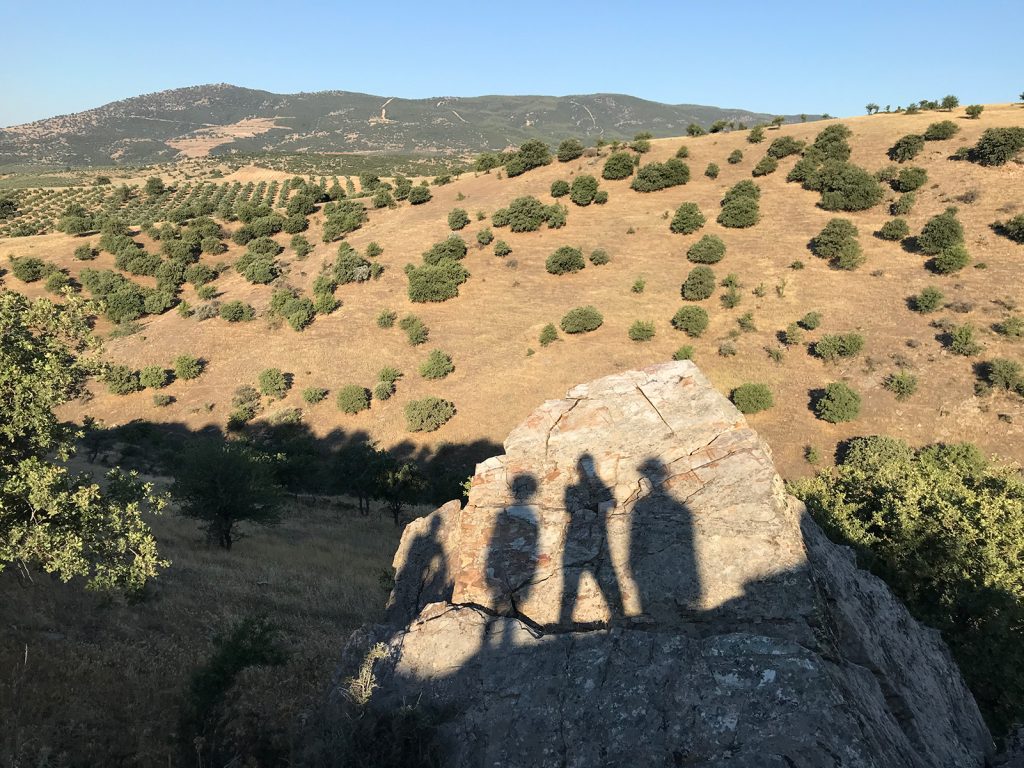
Shadow team 
Dog days of summer 
Preparation for storage at the regional museum
Look forward to more posts from Gygaia Projects soon!









